This week, I had the utmost pleasure of going to the ‘8th Bone Diagenesis Meeting’ conference. Founded by Robert Hedges in Oxford in 1988, the Bone Diagenesis Meeting has been held every four years across Europe and Africa, with the eighth meeting back in (temporarily) sunny Oxford. Pop the kettle on and put your feet up, because today I’m going to share my experience there with you!
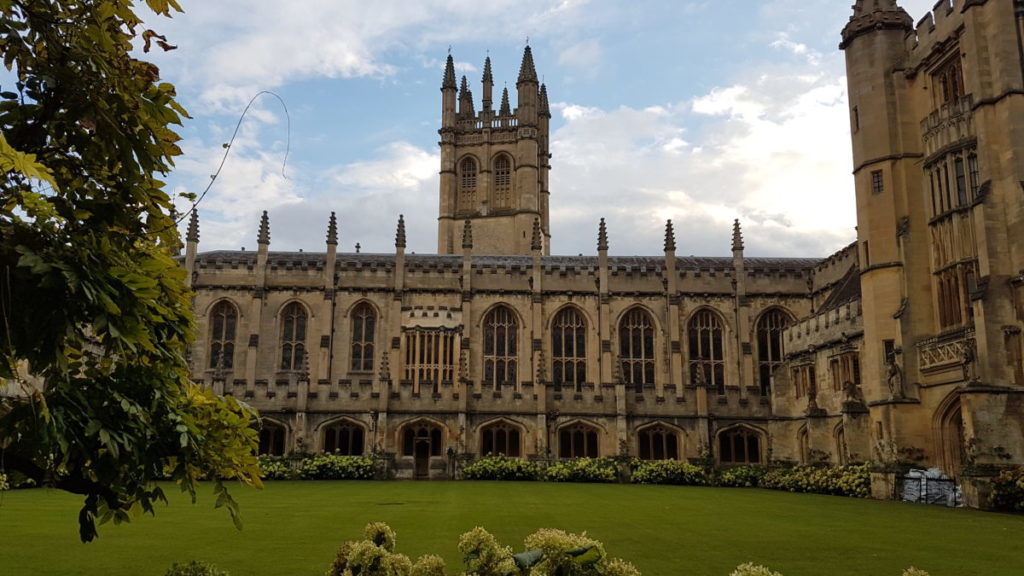
The meeting started with a welcome reception at the Ashmolean Museum of Art and Archaeology. Being the first university museum in the world, it was not lacking in space as one may expect- this place was massive, and filled with an amazing collection! The welcome reception provided an opportunity to break the ice and start off the next few days of diagenesis discussions and debates.
After a semi-restless night due to the excitement and anticipation of the next few days, breakfast was held in “the hall from Harry Potter”, which seems to be a common theme around here.
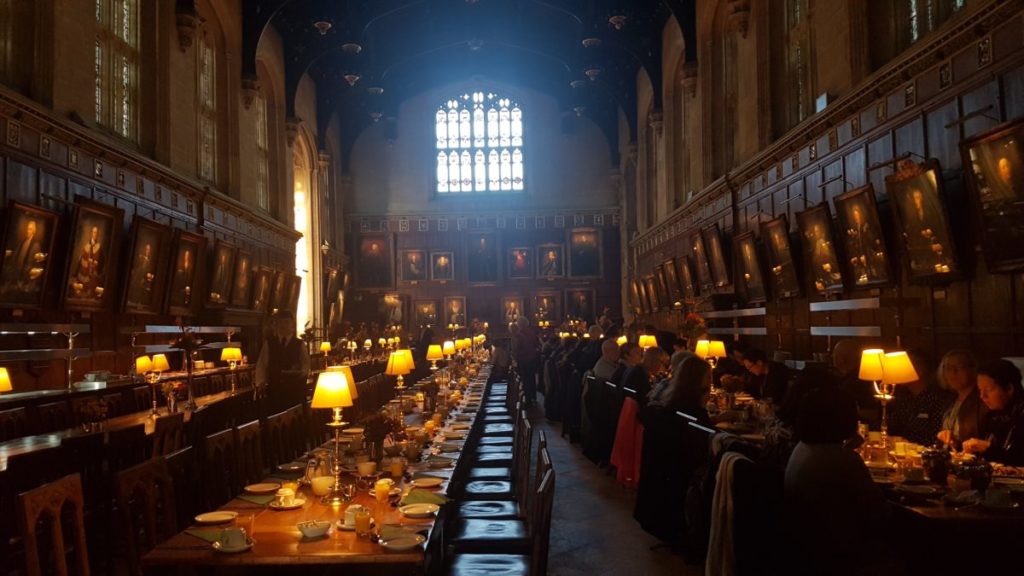
The first session was titled ‘Diagenesis in Deep Time’, started off by a presentation by Robert Booth from the Natural History Museum. He provided a good review on bioerosion, its influences, measurements, and the impact of waterlogged anaerobic environments such as at Vindolanda.
Being deep time, many of these talks were focused on dinosaurs, ancient bone, fossils and harsh environments. The second session, titled ‘Multi-Proxy Approaches to Diagenesis’, brought the timeline a little closer. The highlight for myself in this session was a discussion of Wedl Tunnelling and its lack of evidence, provided by Gordon Turner-Walker. If you ever read a paper on diagenesis, you’ll probably see his name cited numerous times! He argued that, despite we have been classifying Wedl tunnelling of bone to identify fungal attack, there is actually no evidence that fungi penetrate and tunnel into bone as believed. To suggest that a method that has been used for 150 years is actually not quite right is a big deal. As expected, it was met with a fairly heated debate, though there was general agreement that fungi in fact did not cause the Wedl tunnelling, though it is now unknown what actually does.
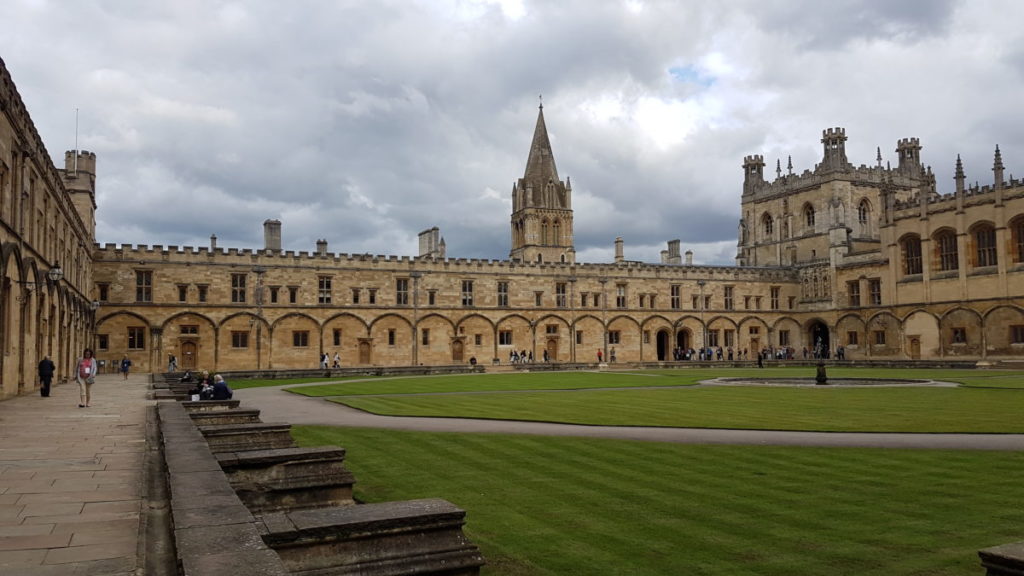
After a restful night and another breakfast with Henry’s eyes beating down at my plate, the third session (titled ‘Taphonomy & Preservation’) was started off by Matthew Collins. Like Turner-Walker, Collins is another name you will likely see many, many times, thanks to being a leading researcher in more fields that one can name! He provided a fascinating discussion of bone collagen in trying to answer the question once posed to him:
“Ancient bone collagen… so, what is it?”
His passion for diagenesis and collagen, and what we should be doing when examining ancient collagen (spoiler: narrow your C:N ratio ranges and use less alkaline solutions) were abundantly clear.
If you have been to a conference before, you’ll be all too familiar with the numerous coffee and cake breaks whilst you make semi-awkward conversation with people you idolise. To avoid this, the afternoon was a bustling session dedicated to reviewing posters together. These included further studies on stable isotopes, new equipment for in-field analysis, and a sprinkle of burnt bone. For us a TUBA, the highlight was a poster titled ‘Origin of black bones within a waterlogged context: A multidisciplinary approach’, by Eirini Margariti. It made for some good comparisons with our material at Vindolanda. I’m glad we managed to hear each other over the loud murmuring of the room!
That evening, we all attended a fancy conference dinner at Trinity College, another one of these “Harry Potter halls”. And what a dinner it was! The hall is normally filled with paintings of famous men whom studied at Oxford, though this year they have been replaced with paintings of women to commemorate their impact to knowledge. Though women could study at Oxford, they were not officially admitted and allowed to graduate until 1975.
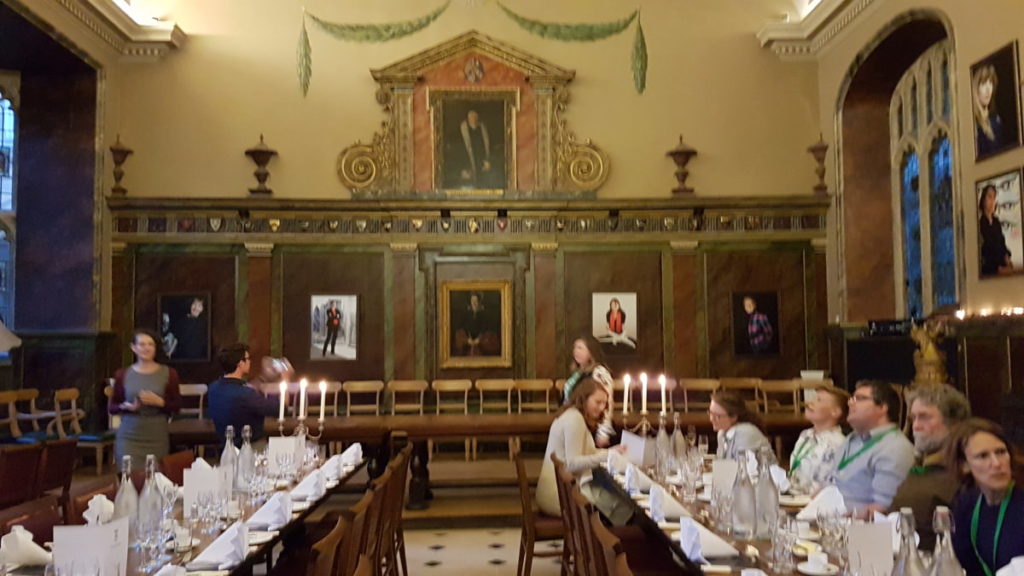
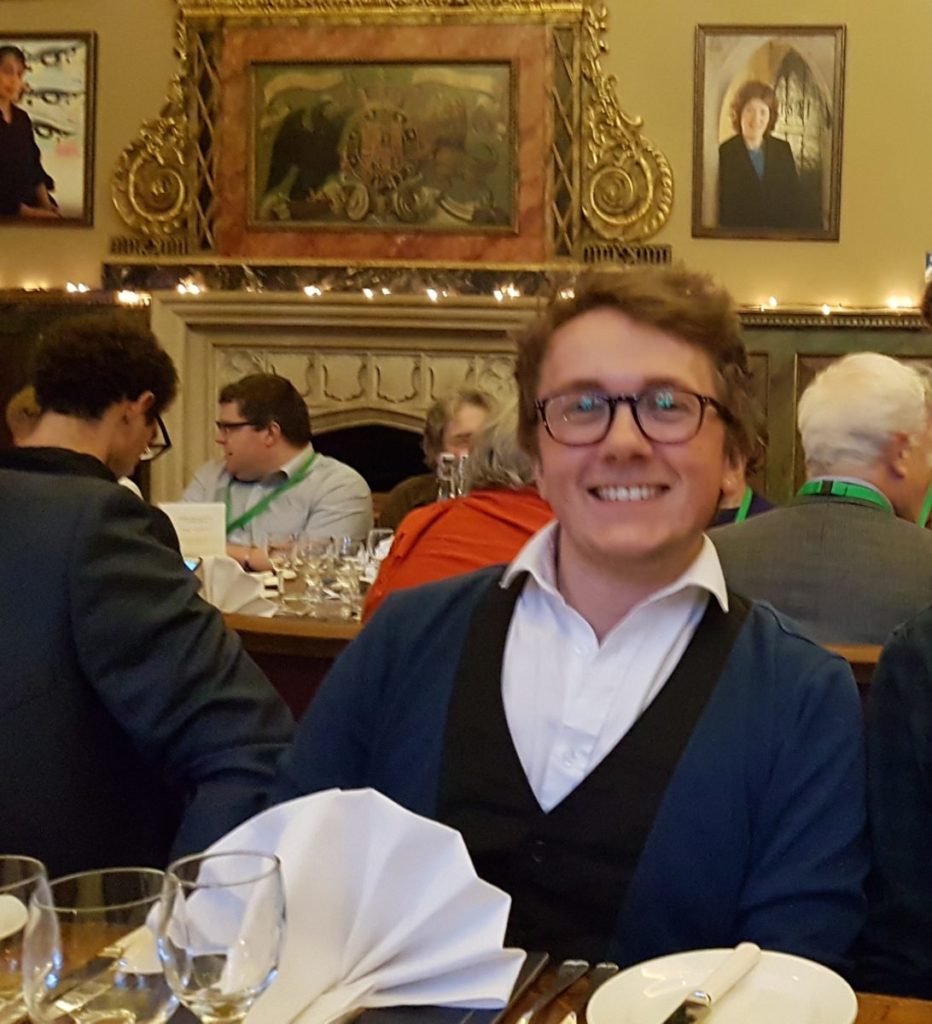
Of course, being a conference, the dinner was followed by drinks. I was fortunate enough to be able to have a nice chat with Gordon Turner-Walker over his Wedl tunnelling theories, forensic work, and our shared love of vivianite. Thanks for the beer!
The final day, titled ‘Experimental Developments and Pre-Treatments’, provided an exploration into new techniques or improving those we already routinely use. Two of these stood out to me: firstly, Allison Harris showed her research into improving the analysis of collagen by removing humic acid (that stuff that the plants in your garden love) and without destroying the bone. Humic acid has a tendency to cloud up many analyses. The second was a new method similar to stable isotopes, provided by the great Robert Hedges. His research into dietary metabolites and how they bind to bone mineral may allow the distinction between hunters and gatherers, and the history of nut, berry and wine consumption. Ground-breaking stuff!
To wrap up the conference, congratulations were given to Julie Aufort for her presentation on atomic transformation of bone. All that was left was exploring Oxford and its many sights, including Albert Einstein’s chalkboard from his lectures on the Theory of Relativity, a display of shrunken heads and ritual artefacts in Pitt Rivers museum, and chilling out at the table where J.R.R. Tolkien and C.S. Lewis used to share their work together.
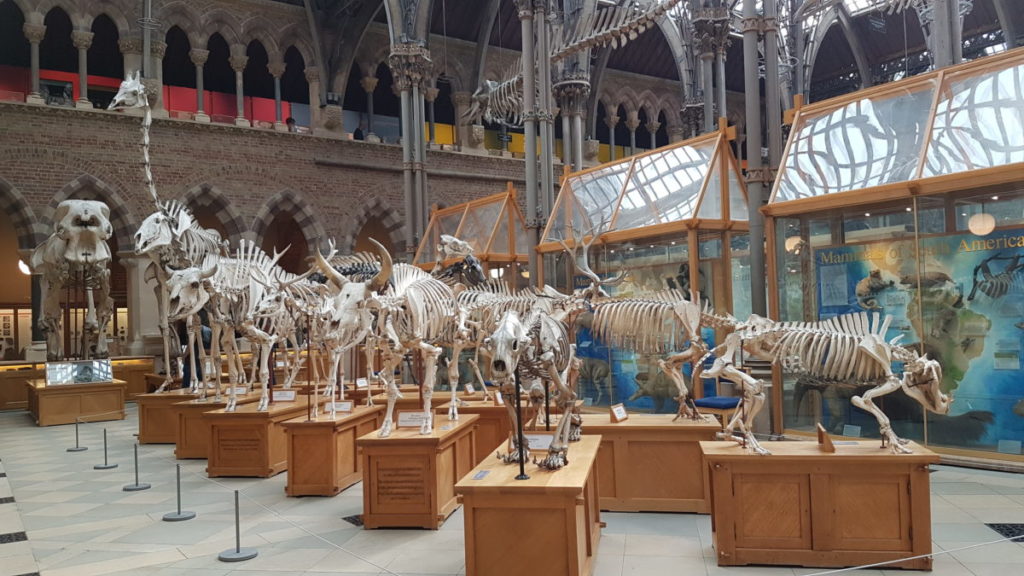
If you have the chance, I would definitely recommend the Bone Diagenesis Meeting if you are interested in their research. Now, excuse me whilst I finish my drink in England’s first coffee house, opposite Europe’s first coffee house. Something here doesn’t quite add up!
Rhys

